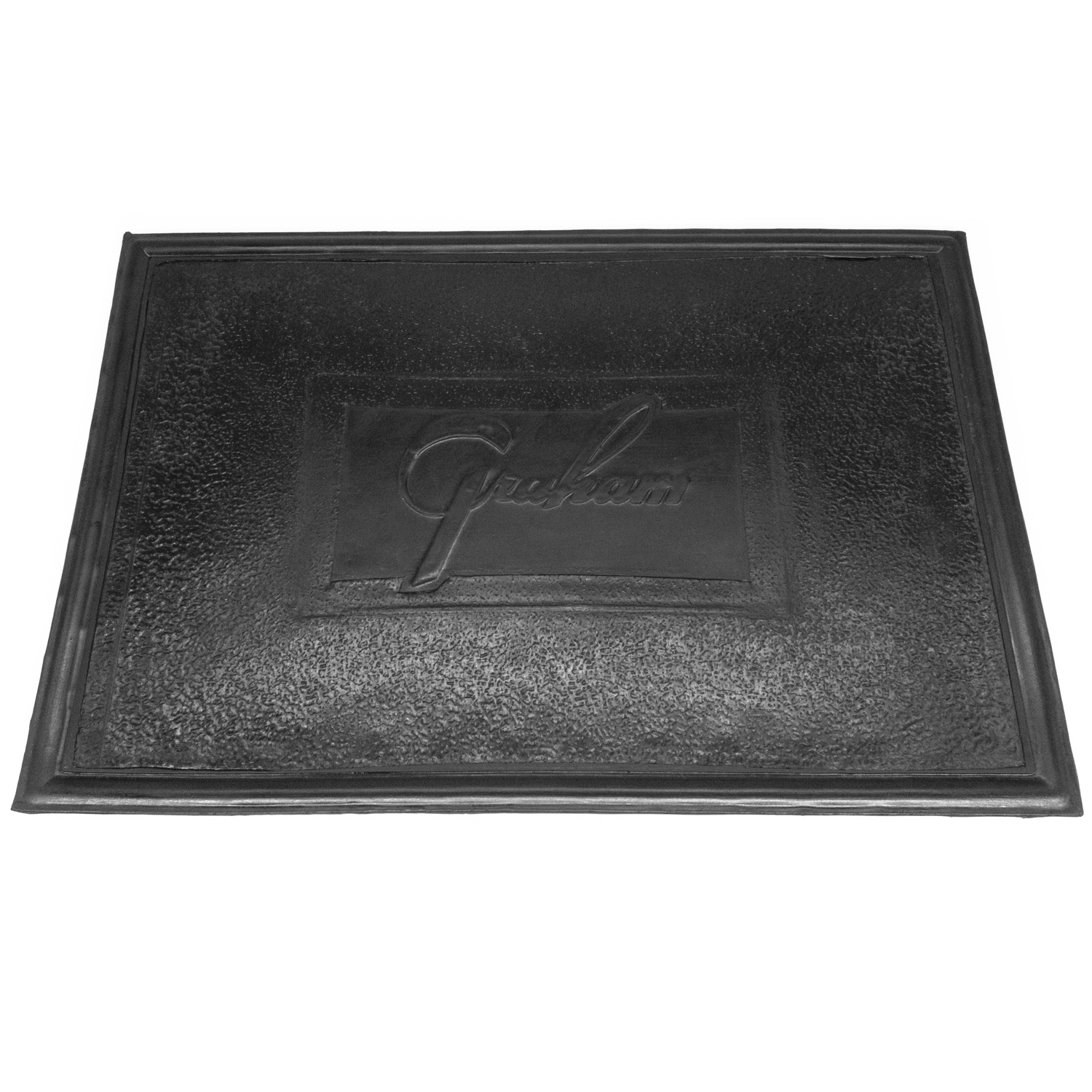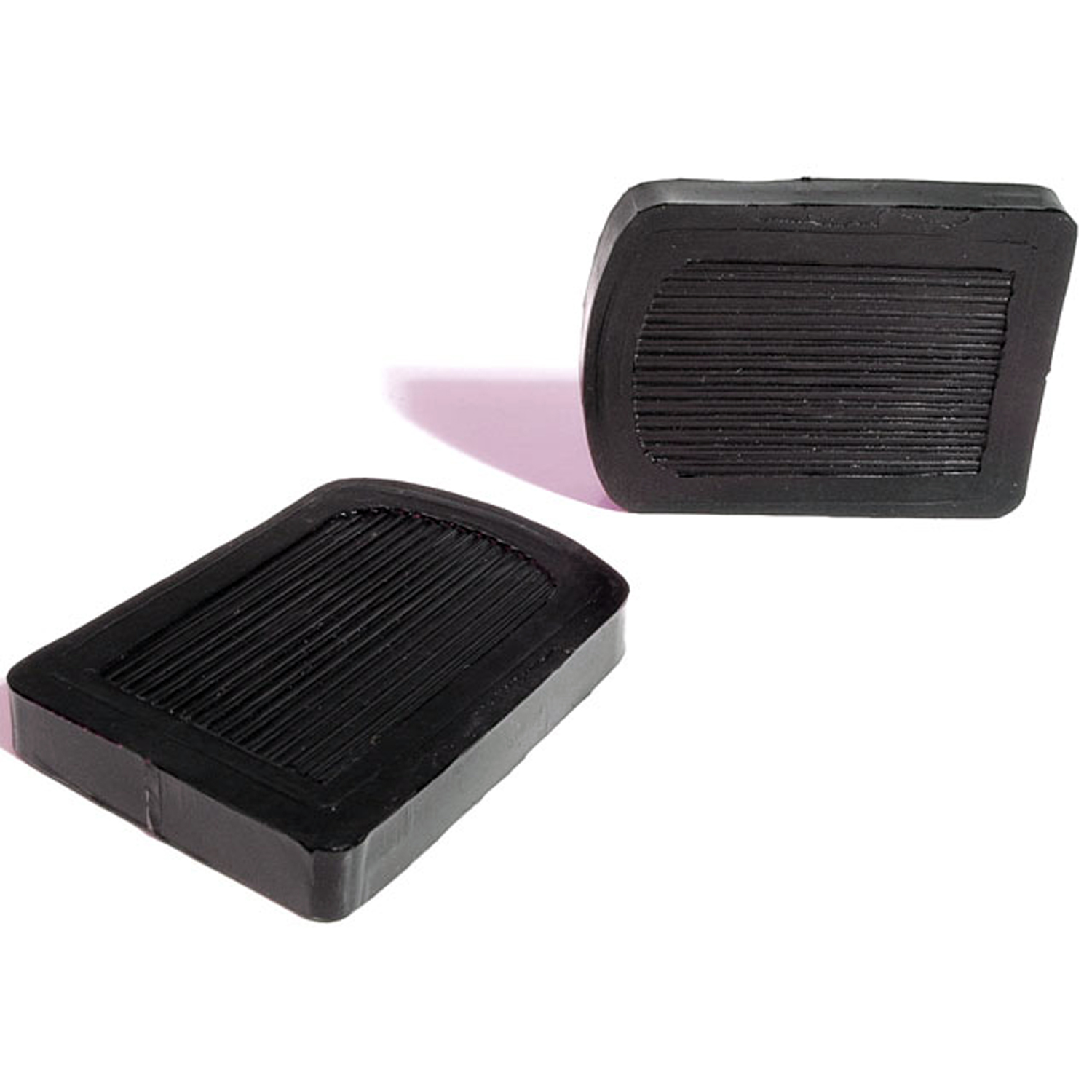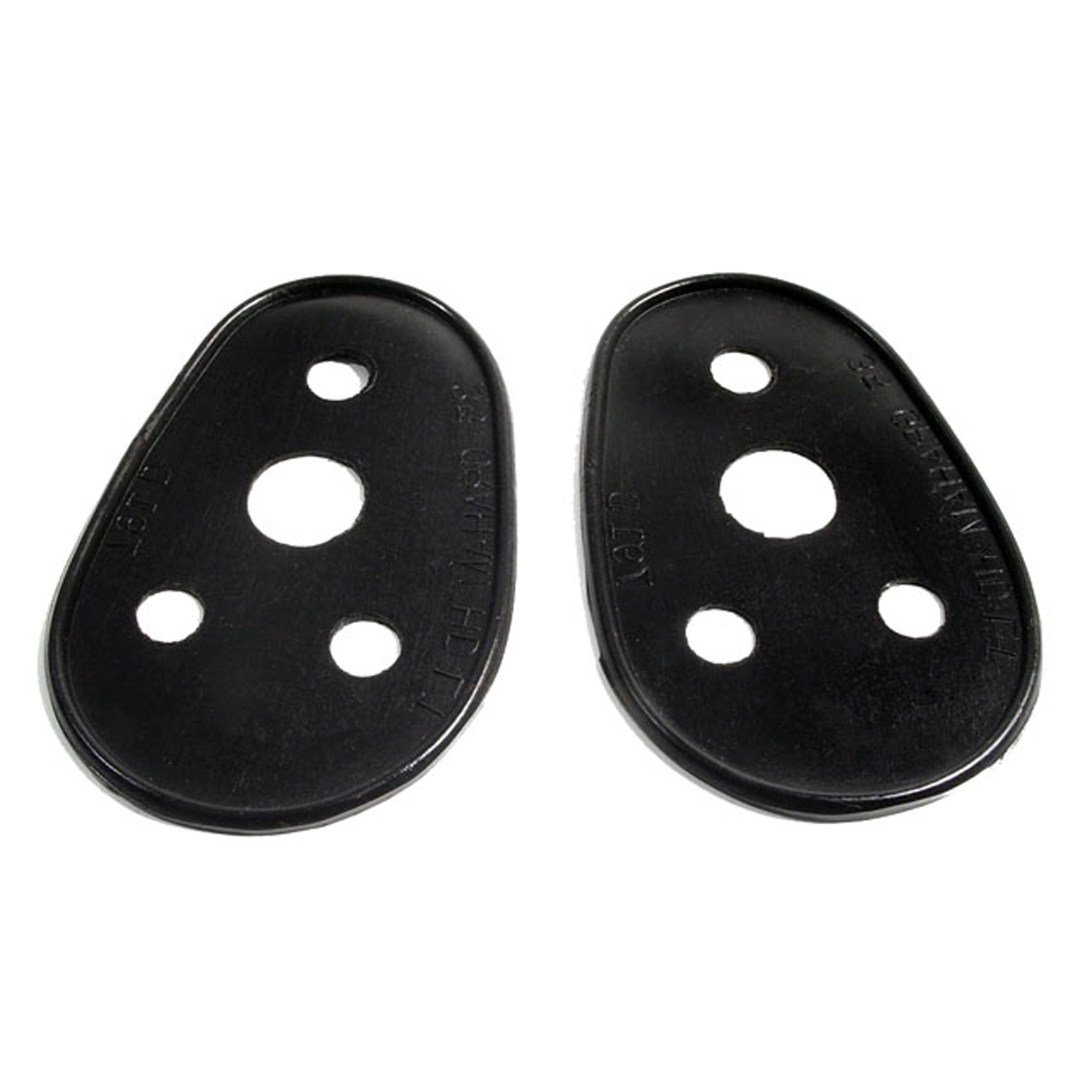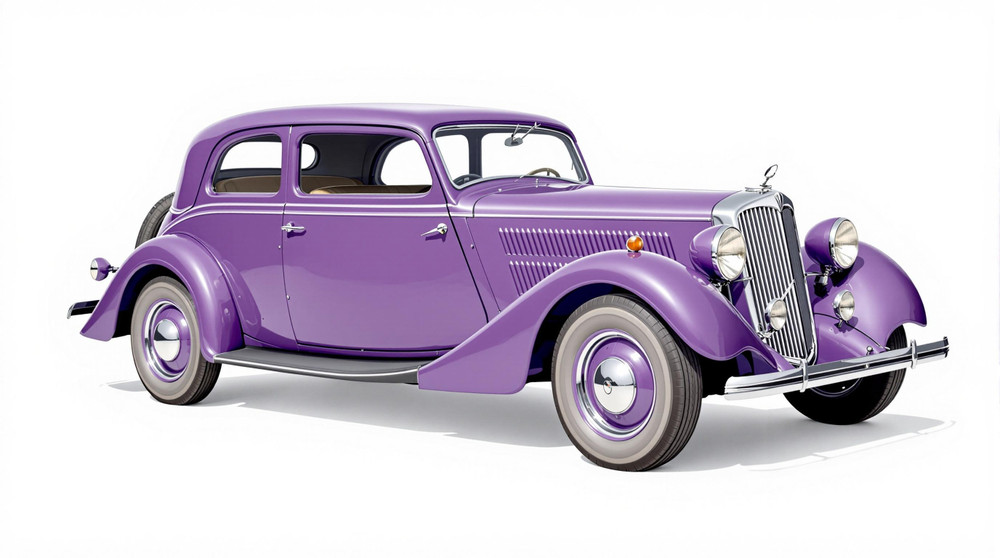Image of 1935 Graham Model 75, Note: These illustrations use artistic license and may differ from actual historical models.
Performance Metrics
Fundamental Metrics
Emotional Appeal
MMP Rating
| Engine Specifications | |
|---|---|
| Engine: | Straight-6 |
| Displacement: | 217 cubic inches |
| Horsepower: | Estimated 85-95 hp |
| Torque: | Not available |
| Compression Ratio: | Not available |
| Ignition System: | Distributor and coil |
| Cooling System: | Water-cooled |
| Performance Specifications | |
| 0-60 Time: | Not available |
| 1/4 Mile Time: | Not available |
| Top Speed: | 75-85 mph |
| Transmission and Drive | |
| Drive Type: | Rear-wheel drive |
| Transmission Type: | 3-speed manual |
| Fuel and Efficiency | |
| Fuel System Type: | Carburetor |
| MPG: | Not available |
| Dimensions and Brakes | |
| Brakes: | Mechanical drum brakes |
| Wheelbase: | 116 inches |
| Weight: | 3,200 lbs |
Note: Specifications for classic cars are given to the best of our ability, considering the limited and variant data available.
Unveiling the 1935 Graham Model 75: An Emblem of Pre-War Elegance
The 1935 Graham Model 75 Supercharger stands as a testament to the innovation and craftsmanship of its era. Born from the ambitious minds at Graham-Paige Motors Corporation, a company renowned for its engineering prowess, this vehicle emerged during a time when the automotive industry was undergoing significant transformation. The Model 75 was not just a car; it was a beacon of hope during the Great Depression, symbolizing progress and the relentless pursuit of excellence. Its introduction to the market marked a unique moment in history, as it was one of the first American cars to feature a supercharged engine, setting it apart from the competition and etching its name into the annals of automotive lore.
Design and Innovation: A Symphony of Style and Substance
The exterior of the Graham Model 75 exuded sophistication with its streamlined silhouette, an embodiment of the 'Art Deco' movement that influenced design trends of that period. The vehicle's sleek lines and aerodynamic form were more than just visually appealing; they were functional, reducing drag and hinting at its spirited performance. Inside, passengers were enveloped in luxury, with high-quality fabrics and materials that offered comfort and durability. The car's technological advancements were ahead of their time, featuring an optional centrifugal supercharger that boosted power output significantly—a marvel for automotive enthusiasts. Color options for the Model 75 were reflective of the era's tastes, with deep blues and rich burgundies being popular choices among discerning buyers. The car came in various body styles, including sedans, coupes, and convertibles. However, it was the Supercharged models that captured hearts with their combination of performance and panache.
Historical Significance: A Trailblazer in Automotive Evolution
The Graham Model 75's impact on automotive design cannot be overstated. It broke new ground by making supercharged engines accessible to a broader audience, influencing future generations of performance vehicles. This car distinguished itself from its contemporaries through its blend of style, luxury, and groundbreaking technology—characteristics that have cemented its legacy in the automotive world.
Performance and Handling: The Thrill of Pre-War Power
Underneath its elegant exterior lay a heart built for performance. The supercharged six-cylinder engine propelled the Model 75 to impressive speeds for its time, with acceleration figures that could leave many contemporaries trailing in its wake. Handling was precise for a vehicle of its size, capable of navigating both city streets and country roads with grace. Drivers often remarked on the symphonic whirr of the supercharger—a sound that became synonymous with power and prestige.
Ownership Experience: More Than Just a Car
Owners of the Graham Model 75 utilized their vehicles in various ways—from daily driving to showcasing at prestigious car events. Its reliability was commendable given the era's standards; however, maintenance required a certain level of mechanical knowledge or access to specialized services familiar with pre-war technology. Despite this, owning a Model 75 was—and remains—a source of pride for enthusiasts.
Fun Facts: The Graham Model 75's Unique Legacy
The Graham Model 75 has been associated with numerous interesting tidbits throughout its history. While not known for breaking speed records or dominating racetracks, it held a different kind of record—an engineering feat through its supercharged engine technology. Celebrity ownerships added to its allure, while appearances in period films increased its cultural significance. Criticisms were few but often centered around its then-steep price tag or complexity compared to more rudimentary models.
Collector's Information: A Coveted Piece of Automotive Artistry
Today, finding a 1935 Graham Model 75 is akin to unearthing a rare gem. Production numbers were limited even during its heyday; thus, surviving examples are scarce. As for value range, pristine models can fetch significant sums at auction—often well into six-figure territory—reflecting their rarity and desirability among collectors. The market trend shows appreciation over time as these vehicles become increasingly recognized for their historical importance.
Conclusion: Celebrating an Iconic Masterpiece
The 1935 Graham Model 75 is more than just an antique; it's an icon that represents a pivotal moment in automotive history. Its blend of design elegance, technological innovation, and luxurious appointments has left an indelible mark on the industry. For those fortunate enough to experience this classic masterpiece firsthand, it offers a timeless journey back to an era when cars were not just modes of transportation but symbols of ambition and dreams realized.
1935 Graham Model 75 Catalog of Parts
 1935 Graham Model 75 Accessory Floor Mat - 12"X17"-AC 12Accessory Floor Mat - made of high quality black rubber with molded original emblem. Also designed to be sewn into new carpets. 12"X17", Each
1935 Graham Model 75 Accessory Floor Mat - 12"X17"-AC 12Accessory Floor Mat - made of high quality black rubber with molded original emblem. Also designed to be sewn into new carpets. 12"X17", Each 1935 Graham Model 75 Clutch and Brake Pedal Pads. 2-5/8" wide X 3-5/8" long-CB 25Clutch and Brake Pedal Pads. 2-5/8" wide X 3-5/8" long. Pair
1935 Graham Model 75 Clutch and Brake Pedal Pads. 2-5/8" wide X 3-5/8" long-CB 25Clutch and Brake Pedal Pads. 2-5/8" wide X 3-5/8" long. Pair 1935 Graham Model 75 Clutch and Brake Pedal Pads. 2" wide X 3-5/8" long. Pair-CB 46Clutch and Brake Pedal Pads. 2" wide X 3-5/8" long. Pair
1935 Graham Model 75 Clutch and Brake Pedal Pads. 2" wide X 3-5/8" long. Pair-CB 46Clutch and Brake Pedal Pads. 2" wide X 3-5/8" long. Pair 1935 Graham Model 75 Headlight Pads. 2-7/8" wide X 4-3/8" long. Pair-MP 791-DHeadlight Pads. 2-7/8" wide X 4-3/8" long. Pair
1935 Graham Model 75 Headlight Pads. 2-7/8" wide X 4-3/8" long. Pair-MP 791-DHeadlight Pads. 2-7/8" wide X 4-3/8" long. PairWhy Choose Metro?
For over 100 years, Metro Moulded Parts has been the pinnacle of quality in classic car restoration parts. Our commitment to precision and authenticity in every component ensures a perfect fit and an OEM-level appearance.
- Expert Craftsmanship & Quality: Each part is a testament to our dedication to reliability and perfection, crafted from original designs and thoroughly tested.
- Advanced Technology: We use cutting-edge techniques to create flawless, long-lasting parts that surpass others in performance.
- SuperSoft Sponge – The Ultimate Door Seal: Not only are our door seals 30% softer than competitors', but they're also guaranteed to never leak. They effectively reduce wind and road noise, enhancing your classic car's comfort and driving experience.
- Proudly American: Our parts are a product of American craftsmanship, made in the USA with a spirit of excellence and heritage.
- Unrivaled Warranty: We back our products with a 30-year industry-leading warranty, a testament to our confidence in their quality.
Join us in preserving the legacy of classic cars with parts that are crafted for perfection, not just made.

